About products and suppliers
Если вы хотите построить прочную клетку или надежный забор, нет ничего лучше невероятно прочного и долговечного. малайзийский brc забор на Alibaba.com. Эти прочные и надежные проволочные сетки идеально подходят для всех типов коммерческих и жилых помещений, обеспечивая неизменную безопасность по периметру. Эти. малайзийский brc забор горячеоцинкованы и могут служить долго без каких-либо проблем, поэтому они так популярны среди покупателей. Купите эти превосходные и мощные. малайзийский brc забор от ведущих поставщиков и оптовиков на сайте по конкурентоспособным ценам и выгодным предложениям.
Прочный и долговечный. малайзийский brc забор, представленные на сайте, изготовлены из оцинкованного железа высшего качества, прошедшего горячее погружение для повышения эффективности и непревзойденной устойчивости. Эти. малайзийский brc забор не только эффективны в качестве надежного ограждения по периметру, но также могут выступать в качестве прочной клетки для ваших питомцев и животных. Эти. малайзийский brc забор широко используются в зоопарках из-за их невероятной силы и являются экологически чистыми продуктами, не причиняющими вреда окружающей среде или чему-либо еще.
Эти ПВХ-сварные ,. малайзийский brc забор доступны на Alibaba.com в различных формах, дизайнах, цветах и качествах материалов в соответствии с вашими индивидуальными требованиями и предпочтениями. Эти продукты обладают высокой термостойкостью и являются антикоррозийными продуктами для длительного использования. Файл. малайзийский brc забор на сайте также представлены провода из низкоуглеродистой стали и полностью водонепроницаемые непроводящие источники электроэнергии. Можно найти всякие тканые, вязаные. малайзийский brc забор катится по сайту с отверстиями различной формы и диаметра.
Просматривайте разные. малайзийский brc забор диапазоны на Alibaba.com, чтобы покупать эти продукты в рамках вашего бюджета и определенных требований. Эти продукты имеют сертификаты ISO, CE и доступны как OEM-заказы при оптовых закупках. Вы можете выбрать различные варианты настройки наряду с индивидуальной упаковкой.

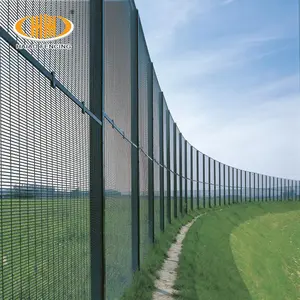








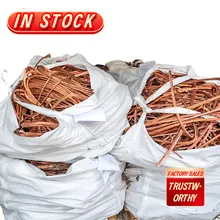






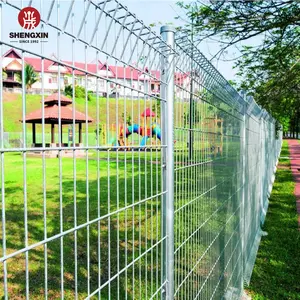
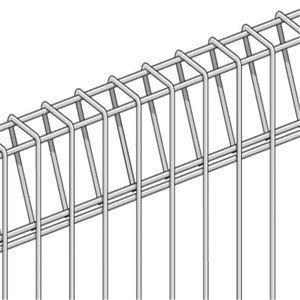
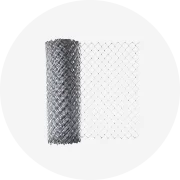
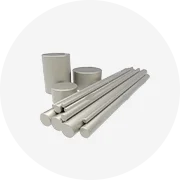
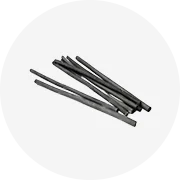
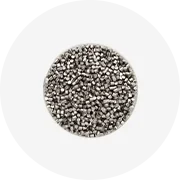
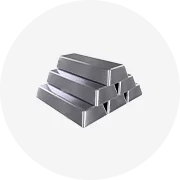
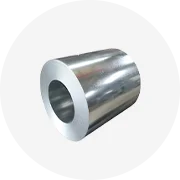
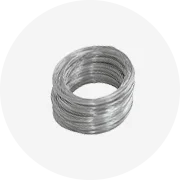








 浙公网安备 33010002000092号
浙公网安备 33010002000092号 浙B2-20120091-4
浙B2-20120091-4